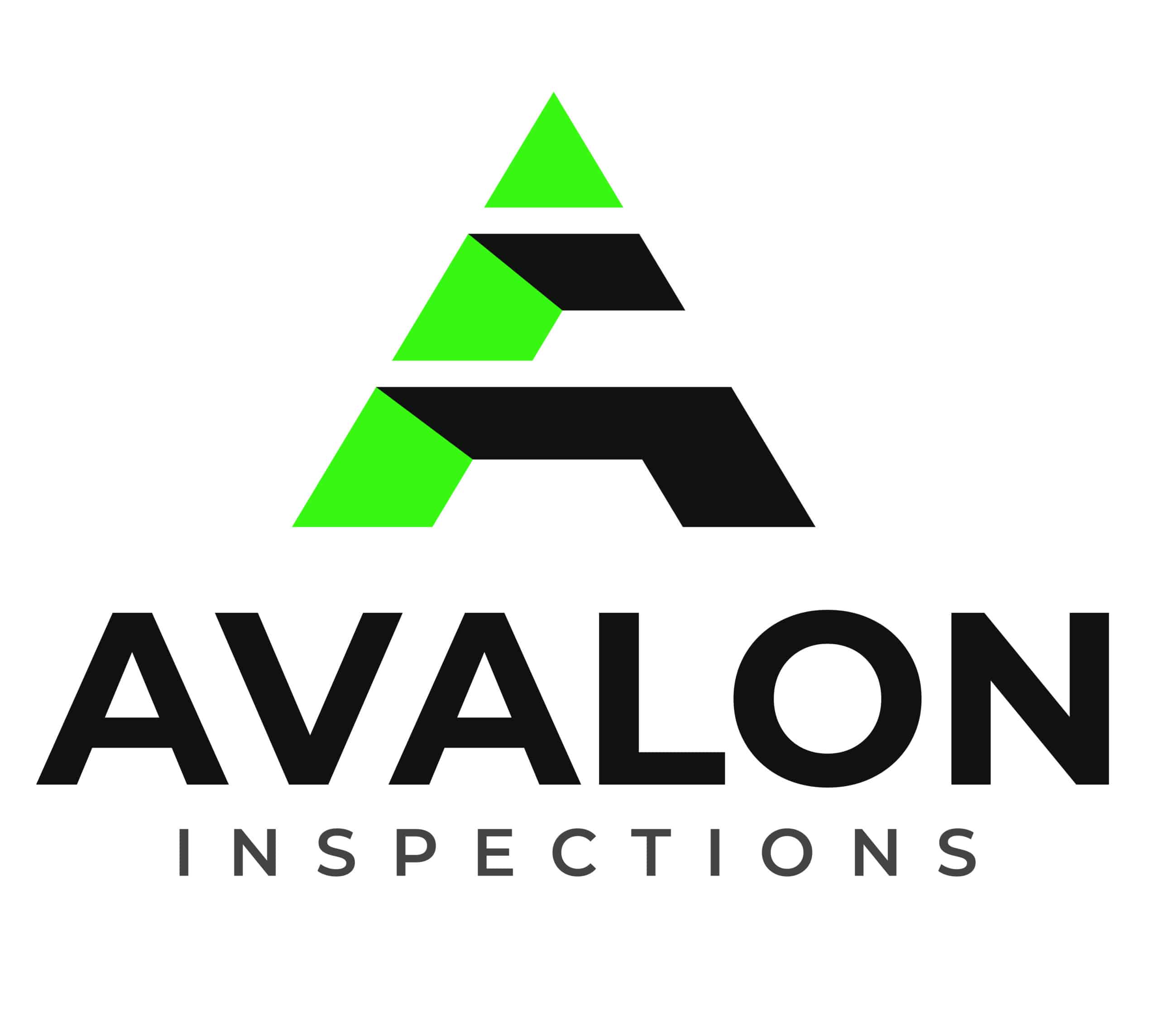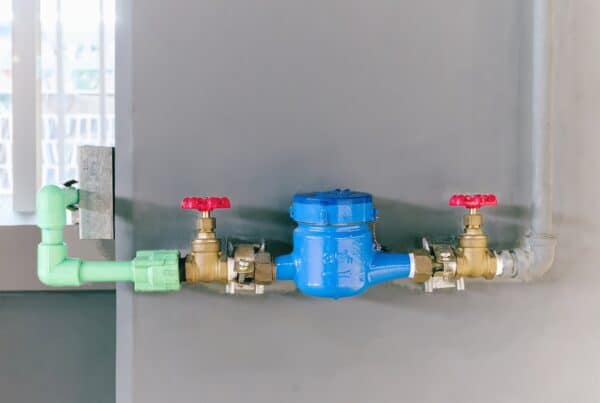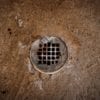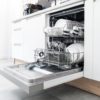
Nobody enjoys the sight of a grimy garage floor, strewn with stains and the gritty remnants of countless projects and seasons. More than an eye sore, it’s a surface crying out for care. However, since the right ways to clean a garage floor aren’t something commonly taught in school, it falls to you to get it done.
In this article, we’ll walk through the essentials of garage floor maintenance, from identifying the type of surface underfoot to tackling the most stubborn of stains. By the end of the post, you’ll be armed with the knowledge to maintain and boost the longevity of your garage floor.
Understanding Your Garage Floor Type
Before starting to clean the garage floor, the first step is to get acquainted with the type you have. Just as you wouldn’t use a sledgehammer to drive in a nail, you shouldn’t use the wrong cleaning method for your floor type. The material dictates not only the products you’ll use but also the techniques that will protect your floor from damage while ensuring a thorough cleaning.
Let’s start with the most common type: concrete. It’s the sturdy standard for most garages, appreciated for its durability and resilience. However, concrete is porous, which means it can absorb oils and chemicals, making stains a frequent headache. Knowing this will shape our approach to cleaning and stain removal.
Perhaps your garage floor is coated with epoxy. This type of floor is sleek and resistant to many types of stains, but it requires a gentle touch to avoid scratches and preserve its glossy finish. Specialized cleaners are your allies here to keep that sheen without causing harm.
Some garages feature painted floors, where the key to cleaning lies in preserving the paint. Choosing non-abrasive cleaners and avoiding harsh scrubbing will ensure that the paint remains intact and vibrant.
Finally, some have installed interlocking tiles or roll-out mats. The interlocking tiles are easy to remove and clean individually, which is great for spot treatments. Roll-out mats, while they shield the floor beneath, can collect debris and liquids in their textures, necessitating a more frequent cleaning schedule.
No matter the type of your garage floor, the golden rule is to be gentle and use suitable agents to clean it. Harsh chemicals can erode surfaces, intense scrubbing can strip coatings, and the wrong temperature of water can cause unwanted reactions.

Pre-Cleaning Preparation
Moving forward, a well-prepped workspace ensures a smoother cleaning process. This also guarantees that your efforts will be as effective as possible. First things first, clear the stage.
After clearing the space, sweep with a stiff-bristled broom to eliminate dust and loose debris, revealing stains that need attention. Next, examine the floor for cracks, chips, or wear, especially under vehicles or storage, where stubborn grime often hides.
Of course, safety should never be an afterthought. Utilize protective gear such as gloves, goggles, and closed-toe shoes to shield yourself from cleaning agents and debris. If your chosen cleaning products warrant, consider wearing a mask to avoid inhaling fumes.
Lastly, gather your cleaning tools and products. From pH-neutral cleaners for your concrete to specialized epoxy-friendly detergents, having the right arsenal at your disposal is key. Make sure you have scrub brushes with appropriate bristles, mops, buckets, and plenty of clean water for rinsing!
Common Messes and Clear Steps to a Clean Garage Floor
Achieving a clean garage floor doesn’t need to be a tedious task. With the right approach, you can tackle both general cleaning and specific stain removal efficiently. Here’s how to get your garage floor from grimy to great in a step-by-step process.
General Cleaning
- Determine the Cleaning Solution: For concrete floors, a pH-neutral cleaner is ideal. Epoxy floors benefit from a mild detergent, while painted floors require a gentle, non-abrasive cleaner. For tiles and mats, a mild detergent should suffice.
- Prepare the Solution: Mix your chosen cleaner with water as per the manufacturer’s instructions. Ensure you have enough solution to cover the entire floor.
- Apply the Cleaner: Starting from the back of the garage, apply the cleaning solution evenly. Use a mop for general areas and a scrub brush for more soiled spots.
- Scrub as Needed: Pay particular attention to areas with visible stains or heavy dirt accumulation. Use a scrub brush with appropriate hardness for your floor type to work the cleaner into the surface.
- Rinse Thoroughly: After scrubbing, rinse the floor with clean water, making sure to remove all soap residue. This may require several passes with a mop or a pressure washer if appropriate for your floor type.
- Dry the Floor: Use a squeegee to remove excess water, directing it toward the garage door or a drain. If possible, leave the garage door open to air-dry the remainder of the floor.
Addressing Common Stains and Spills
- Oil and Grease Stains: For fresh spills, start by absorbing as much as possible with kitty litter, sawdust, or a commercial absorbent. Once the bulk is removed, apply a degreaser or a solution of dish soap and water, scrub with a stiff brush, and rinse thoroughly.
- Paint Spills: If the paint is still wet, blot it up with an absorbent material. For dried paint, use a paint stripper designed for your floor type, apply according to the instructions, gently scrape away the paint, then rinse the area.
- Rust Stains: Apply a rust remover or a paste made from water and baking soda. Allow it to sit for several minutes, then scrub it with a brush, and rinse. For stubborn rust, repeated applications might be necessary.
- Chemical Spills: Neutralize the chemical first if necessary (e.g., use baking soda on acid spills), then clean with a suitable cleaner for your floor type. Always follow safety instructions for hazardous materials.
- Tire Marks: Use a degreaser or a solution of water and dish soap. Scrub the area with a stiff brush, then rinse. Persistent marks may require a specialized tire mark remover.
Final Touches
After addressing the specific stains, give the floor one more rinse to ensure a uniform clean. Inspect the floor for any missed spots or areas that may need additional treatment. Once satisfied, allow the floor to dry completely.

Recommended Maintenance for a Clean Garage Floor
As you transition from comprehensive cleaning to ongoing care, a few simple practices can make a significant impact. Consistency is the foundation of floor maintenance. Regular sweeping prevents the accumulation of dirt and debris that can grind into the surface, especially in a high-traffic area like a garage.
For concrete floors, sealing can offer an additional layer of protection against stains and moisture, prolonging the life of the surface. If your floor is coated with epoxy or paint, be mindful of the wear and tear these surfaces endure. Periodically check the integrity of the coating, looking for any chips or peeling that may require touch-ups or reapplication to ensure the protective layer remains effective.
The way you use your garage also influences how you maintain the floor. Where possible, placemats under vehicles or machinery that may leak oils or fluids. These mats not only catch drips but also make spot cleaning easier and more contained. For those with a workshop or use the garage for projects, consider implementing an area rug or rubber mat in your work area, which can reduce fatigue and catch spills before they reach the floor.
Adjust your maintenance routine with the changing seasons! In winter, promptly remove road salt and snow to prevent surface pitting and worsening cracks. In summer, watch for mold or mildew in less-ventilated corners and address them quickly.
Finally, as you integrate these practices into your routine, remember that the longevity of your garage floor is not only about cleaning but also about prevention. Take measures to minimize damage from heavy equipment and consider the long-term effects of each project undertaken within the space.
When to Call a Professional
Recognizing when you’re out of your depth is essential to avoid exacerbating issues that could lead to costly repairs or replacements.
Expanding cracks or uneven floors may signal deeper issues needing a professional’s concrete resurfacing or slab-jacking expertise.
For coatings, extensive peeling, bubbling, or subsurface moisture often suggests the need for a professional assessment and remedy. A specialist in floor coatings can diagnose the cause and suggest corrective measures that go beyond surface-level fixes.
For stubborn stains that resist all your efforts, a professional cleaner can bring in industrial-grade products and techniques that are not typically available to the consumer. They can tackle these with precision and care, ensuring the stain is removed without damaging the floor.
Similarly, if you’ve had a significant chemical spill, particularly one involving hazardous materials, professional expertise ensures safe and proper cleanup in compliance with environmental regulations.
Conclusion
Every oil drip and tire tread tells a story on the canvas of your garage floor, a testament to the daily grind and the occasional masterpiece project. However, these stories don’t need to be eternally splayed out for all to see.
With the insights shared here, you’re ready to elevate its care from routine to exceptional. Embrace the sweep, the seal, and the savvy to summon professionals when the situation intensifies with stubborn stains or creeping cracks. Through your efforts, your garage floor will get clean, and the opportunity to provide a solid foundation for your home’s every upcoming chapter.
Speaking of foundations, for an expert inspection of your home, from floors to shingles, reach out to Avalon Inspection Services in Atlanta, GA, and surrounding areas today!






